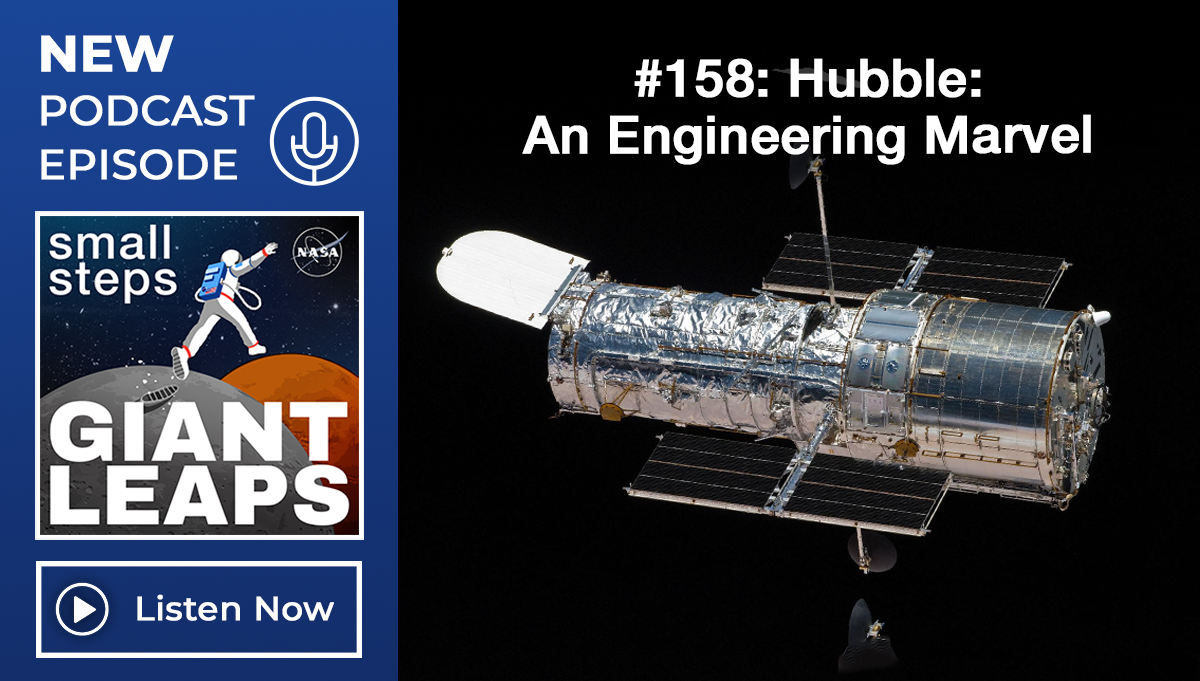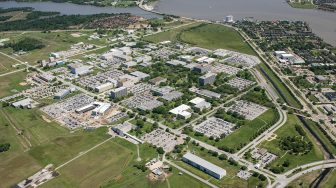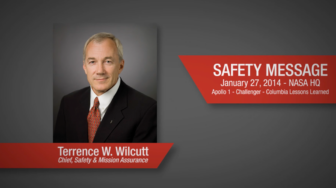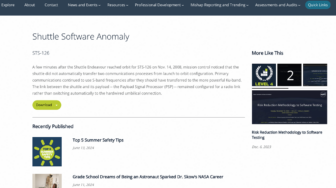The Future of Space: The Power and Perils of Prediction (Noel Hinners)
Predicting the future is easy — people do it all the time. Predicting it with accuracy, however, is much harder, as they generally get it wrong. As Yogi Berra observed, “The future ain’t what it used to be!”
Predicting space has proven to be challenging, even for the most visionary people. Wernher von Braun’s fifty-year vision for space exploration from the mid 50s, as captured in his famous Collier’s articles, has yet to be realized, while other advances in commercial space, robotics capabilities, life sciences, micro-electronics, and the expansion of the international space community, to name but a few, have progressed in ways that were not imagined during the founding of the space program.
Given that outlook, one might question the utility of trying to anticipate the future of space. Perhaps it is an artifact of natural human intellectual curiosity — examining what has been and anticipating what is possible, perhaps, because it is simply fun. Whatever the motivation, it serves a useful purpose: stimulating a sense of possibilities and presenting choices; establishing a vision, or framework, to guide research, academic preparation, and strategic economic investments; and anticipating new partnerships beyond our comfort zone. It permits us to learn from the past without being shackled by it.
Find more great project management and engineering learning content, visit the NASA Academy website: http://www.nasa.gov/offices/oce/appel/home/index.html
Learn more about Masters Forum 17: http://www.nasa.gov/offices/oce/appel/knowledge/forums/mf_17.html








